Using more Laundrite liquid or powder detergent than normal isn’t better, no matter how dirty, stinky, or discolored the laundry is. “More is more” has become the guiding principle of our culture.
It’s more of everything: a larger wardrobe, sweeter treats, longer trips, etc. It’s only natural to believe that more detergent equals cleaner clothing when trying to figure out how much to use. What about when there are perspiration or stain marks to consider? It’s either everything or nothing, right?
Not exactly, though. Laura Johnson, a research and development analyst at LG Electronics, which produces washers and dryers, says that contrary to intuition, using more suds does not result in cleaner clothes.
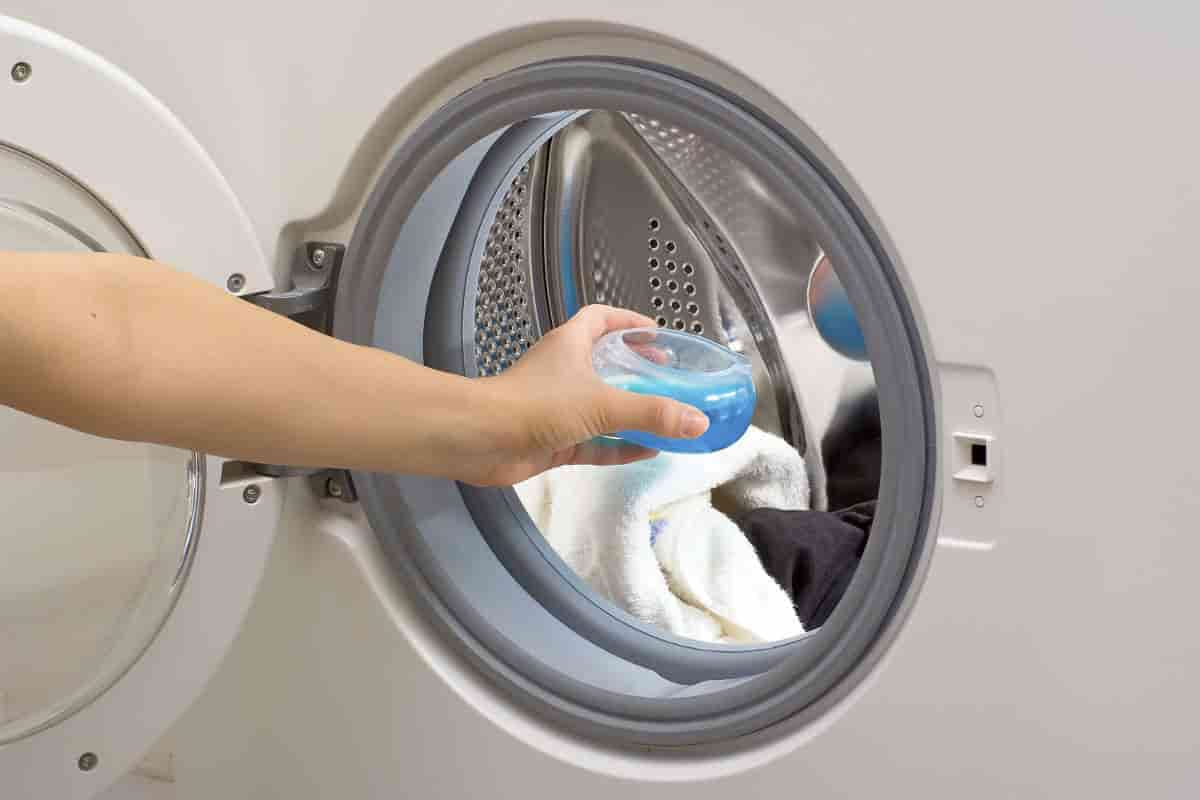
She advises us to “avoid using too much” of any kind of detergent. This can result in excessive suds, which wastes water, and, over time, accumulation in the washing machine, which is a common source of unpleasant odors.
Even if you are not using the best detergent, learning how to do laundry is one of the greatest ways to guarantee that your clothing will always look and smell great.
Whether you’re not sure how much detergent to use or if you’re using too many suds, these suggestions, authorized by experts, will help you figure it out. This applies whether you’re debating powder vs. liquid detergents or need a refresher on how to use Tide pods.
Symptoms of using too much washing detergent
Have a glance at a freshly cleaned load of clothes if you’re worried about going overboard with detergent. You may tell if detergent is still on your clothing if they have a slimy, sticky, or soapy sensation after being washed. This is a symptom of utilizing too much of the substance.
Stiff or somewhat stiffened clothing after being wet is another warning sign, as are colors that have lost their brilliance and whites that have gone off-white or gray when exposed to water. Your laundry detergent is probably at blame if you’re experiencing any of those issues.
One last major warning sign: Buildup of soap over time is likely to blame for a musty or stale odor emanating from your high-efficiency washing machine. In this case, the washing machine must be cleaned before any other actions may be taken. Vinegar and baking soda are both excellent cleaning agents for washing machine.

How much additional detergent to use when
Typically, the adage “less is more” holds true. Although heavily stained items seldom need more detergent, there are exceptions.
A little additional detergent can assist get the dirt out of particularly grimy items of clothing (like your kid’s soccer uniform after practice). If you want to clean your clothes correctly, be sure to check the care labels.
Instructions for how much detergent to use are often written with the typical size of a washing machine’s drum in mind. You may need to use a bit more detergent than the instructions state if your machine is a supersized model with a larger drum (usually seen in newer machines) because to the increased load size. It’s recommended to use two or three washing pods for really big loads, as opposed to the customary one.
Laundry detergent performance can be impacted by water hardness, which is another little-known fact. As hard water varies across the United States, you may need to increase the amount of detergent you use.
Calculating Detergent Dosage for High-Efficiency Washers
A scientist from The Clorox Company known as “Dr. Laundry,” Mary Gagliardi, insists that only a HE detergent should be used in high-efficiency washing machines. She claims that they clean without producing too many suds, making them ideal for low-water washing machines.
She explains that HE washers are kinder to clothing because of the reduced agitation they use. The flip side of this is that they don’t clean as thoroughly and instead rely more on the chemical makeup of laundry detergent.
This is not the go-ahead to pour in gallons of detergent. The lower water consumption of these machines means that you may get away with using less detergent, maintaining a 1:1 soap-to-water ratio. To ponder: If there’s not much water but a lot of detergents, the soapy solution will overwhelm the water, making it more difficult to remove all of the residues. There will be a sticky film left on your freshly washed garments.
According to Gagliardi, “the most notable distinction with HE detergents is the various cleaning chemicals utilized.” This is in stark contrast to traditional detergents, which do create foam that rises to the surface of the wash water.
She also notes that the HE washer’s bouncing action throughout the wash cycle contributes to less consistent cleaning results. She explains that while this isn’t an issue for the vast majority of laundry, it is crucial that stained-colored goods be pretreated before washing.
The HE detergent may be used in regular washing machines, but “don’t anticipate any froth or suds,” as Gagliardi puts it. Naturally, she advises, a regular detergent is the best option for a standard deep-fill machine.

Top-load washers: how much detergent to use
The agitator in a standard top-loading washer works to remove tough stains and odors by swishing soap, cloths, and a lot of water around. Traditional washers, which totally immerse the clothes in the wash solution, “aggressively agitate the laundry, translating to more consistent washing,” as Gagliardi puts it.
As the water-to-laundry load ratio is much higher in top loaders than in HE machines, mistakenly using a little more detergent won’t be too hazardous. Top loaders consume 40 gallons of water or more compared to the three to five gallons used by HE machines.
Using an excessive amount of detergent in a top-loading washing machine is annoying for more reasons than one. If you want to save money, do as directed on the detergent box, but use the smallest amount possible, even for huge loads.
Also, according to Gagliardi, you shouldn’t rely on a hunch when calculating how much laundry detergent to use. You may save money by using less detergent if you measure it out beforehand. Her urging to take measurements is emphatic. If you pour detergent straight from the container into the water without first measuring, you’re almost guaranteed to use the wrong quantity.
Instructions for Dosing Laundry Soap
This is where things may become complicated. Detergent makers, like any other business, are always looking for ways to improve their bottom line.

One tactic is to advise people to use more detergent than they actually need.
It’s common knowledge that high-efficiency (HE) washing machines reduce the usage of water, power, and cleaning agent.

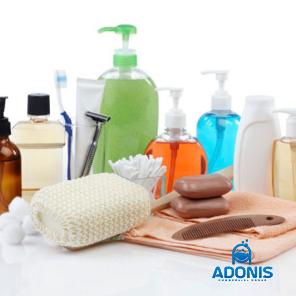

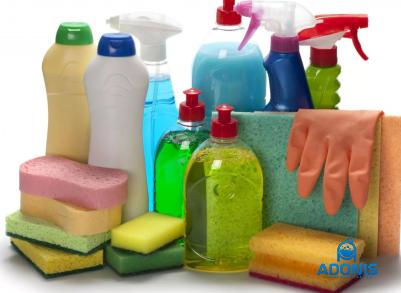
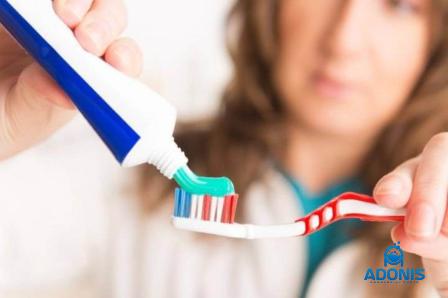
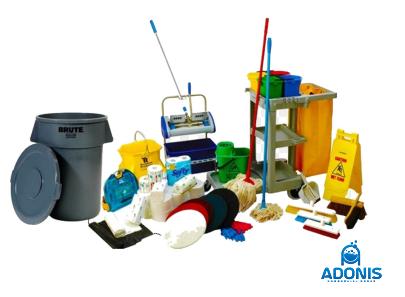
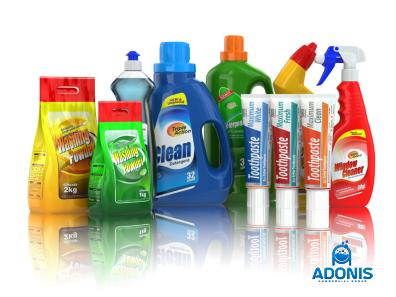

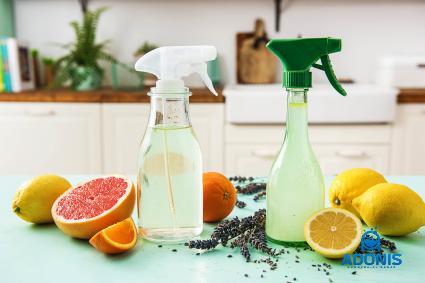


Your comment submitted.